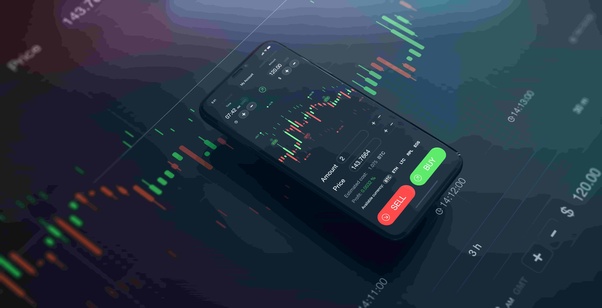Content Attributes
Proprietary (Prop) firms are financial institutions that use their capital to make a profit in financial markets. They hire talented individuals, such as analysts, traders, and programmers to work on trade automation.
Due to the advancements in modern technology, more and more trades are executed by trading algorithms. What’s more, trading robots enhanced by Artificial Intelligence (AI) are increasingly involved in market analysis. Trading algorithms have more capabilities than human counterparts to process information quickly and efficiently with incredible accuracy. And timing is key to success in the highly competitive world of financial markets.
Creating and improving predictive models using AI and advanced tools is never cheap. Most retail traders cannot afford it, however, there are various institutions such as prop firms that dedicate their resources to automating their trading. Deep pockets are needed to develop these systems, however, they have the potential to bring great returns as well.
Types of Financial Market Prediction Models

Some of the best prop firms Forex traders choose to use multiple prediction models. Let’s discuss some of the major ones below.
Time Series Analysis Models
Time series analysis involves studying the chart patterns and trends in financial data. Its significance lies in its ability to facilitate predictions, discover potential opportunities, and effectively manage risks. This analysis observes the order in which things happen over time as financial data usually follows a specific sequence and has connections between its parts. The two most popular time series models used in financial trading are:
- ARIMA (AutoRegressive Integrated Moving Average): This is mainly used in stock price forecasting and market trend analysis.
- GARCH (Generalised Autoregressive Conditional Heteroskedasticity): this model is mainly used in volatility modeling and risk management.
With the advancements of modern technology, Artificial Intelligence (AI) is more and more involved in Time Series Analysis models. The AI increases accuracy and adaptability.
Machine Learning Models
It is powered by AI and is being increasingly used in predicting future prices. Machine learning algorithms require a large amount of history to make predictions. Luckily, financial markets produce vast and easily accessible datasets, including volumes, asset movements, economic indicators, and news sentiment.
Once the data is collected, model training begins. The model training is supervised by AI. During the training, the model is learning patterns, and relationships within provided data, with one goal to predict future relations. In some cases, machine learning models are integrated in trading algorithms and trades are done automatically with great precision.
Deep Learning Models
Deep learning models are becoming increasingly popular in the financial world due to their unique abilities, such as capturing complex patterns in sequential data. In particular, two models are used:
- Recurrent Neural Networks (RNNs): this model is also used in time series analysis. RNNs have the capability of retaining information from previous steps, which is later used in capturing dependencies and trends.
- Long Short-Term Memory Networks (LSTMs): LSTMs are improved versions of RNNs. they can capture and maintain information over longer periods.
Ensemble Models
Ensemble Models are based on analyzing combinations of multiple individual models to create single, more advanced predictive models. In finance, Ensemble Models are actively used to create less risky predictive models. Ensemble models improve generalization, reduce overfitting, and increase robustness. In addition, handling noisy data becomes easier.
Challenges and Risks
Despite its many benefits, modern predictive models fueled by AI come with certain challenges and risks.
- Overfitting: overfitting occurs when trading algorithms learn to perform well on historic data but fail to do so on live trading. Market conditions may change and predictive models trained on past performance generally struggle to cope with changes.
- Market Volatility: financial markets have an unpredictable nature and can become extremely volatile. Predictive models cannot predict sudden market changes.
- Data Biases: information that was used for training trading algorithms may contain biases connected to data collection methodologies, or historic market conditions.
- Lack of Causality: many financial assets are correlated with one another. However, correlation doesn’t mean causation, and financial models trained solely on technical information may struggle to predict the prices of highly correlated assets.
Key Takeaways
To sum it all up, trading robots and AI are increasingly utilized in the competitive world of finance. Prop firms have enough resources to develop and upgrade their predictive models. AI is increasingly involved in the following analysis models: Time Series Analysis Models, Machine Learning Models, Deep Learning Models, and Ensemble Models.
However, these models aren’t risk-free. It’s important to take into account the following challenges that come with using automated predictive models: risk of overfitting, market volatility, data biases, and lack of causality in correlated instruments.



